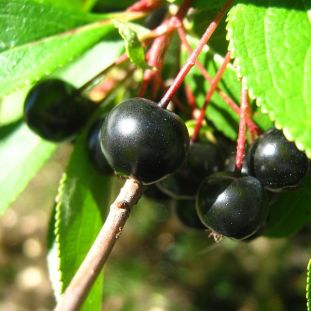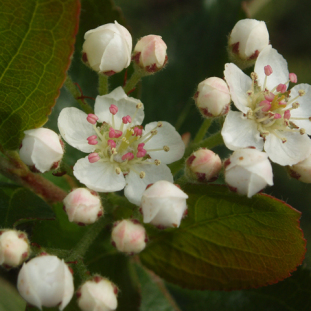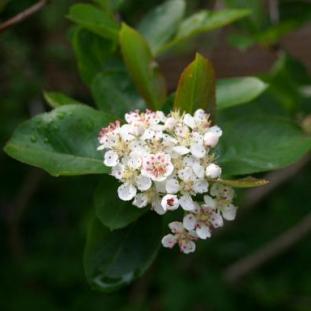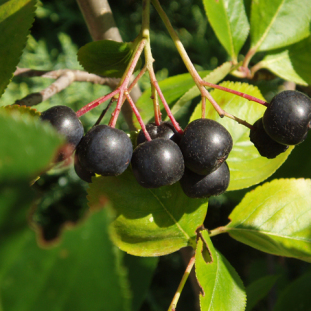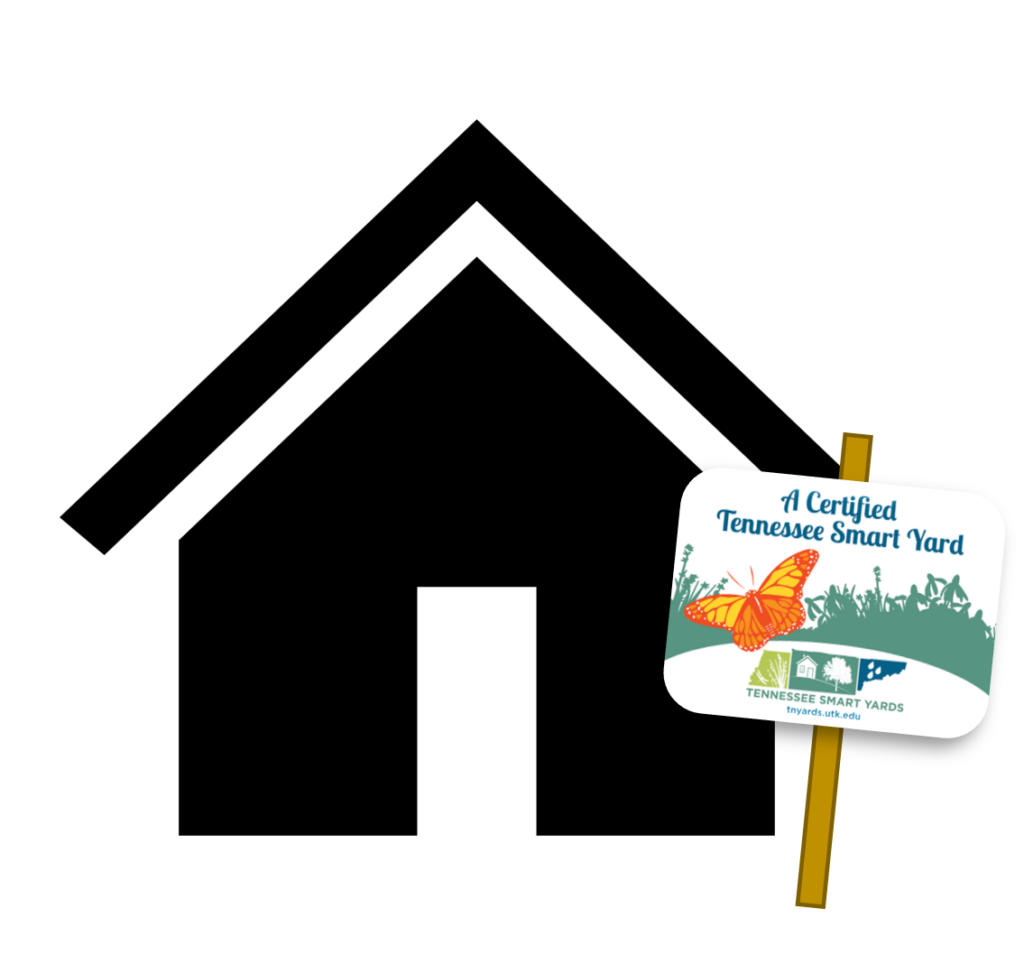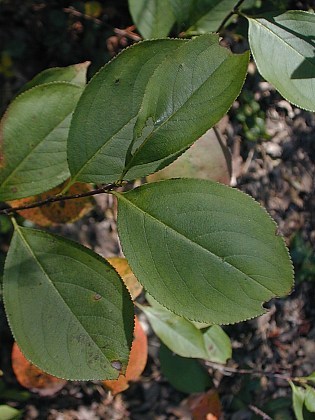
Common Name: Black Chokeberry
Full to part sun; wet to dry moisture level; tolerant of a wide range of soils including clay and coarse infertile sands; moderately acid to slightly acid pH.
3-6 feet height by 3-6 feet spread; blooms in May; white flowers; black to purplish black berries.
Growth Rate: Slow
Maintenance: Low maintenance. No serious insect or disease problems. Suckers profusely.
Propagation: Seed germination code C(120). Easy from seed. Moderately easy from softwood cuttings without hormone treatment.
Native Region: Widespread in Blue Ridge and in Cumberland Plateau provinces; lightly in Coastal Plain Province.
Open, upright, spreading multiple-stemmed shrub. Native to low woods, swamps, bogs and moist thickets as well as occasionally found in dry upland areas. In wet conditions, place plant on mounds so the roots have an aerated region around the crown. Excellent addition to naturalized areas where its suckering habit does not need to be controlled. Good fall color. Berries are good late season food for birds, and humans use the fruit for jams, jellies, syrups and wine. Flowers attract bees and butterflies. Caterpillars of the Coral hairstreak butterfly feed on the leaves.
